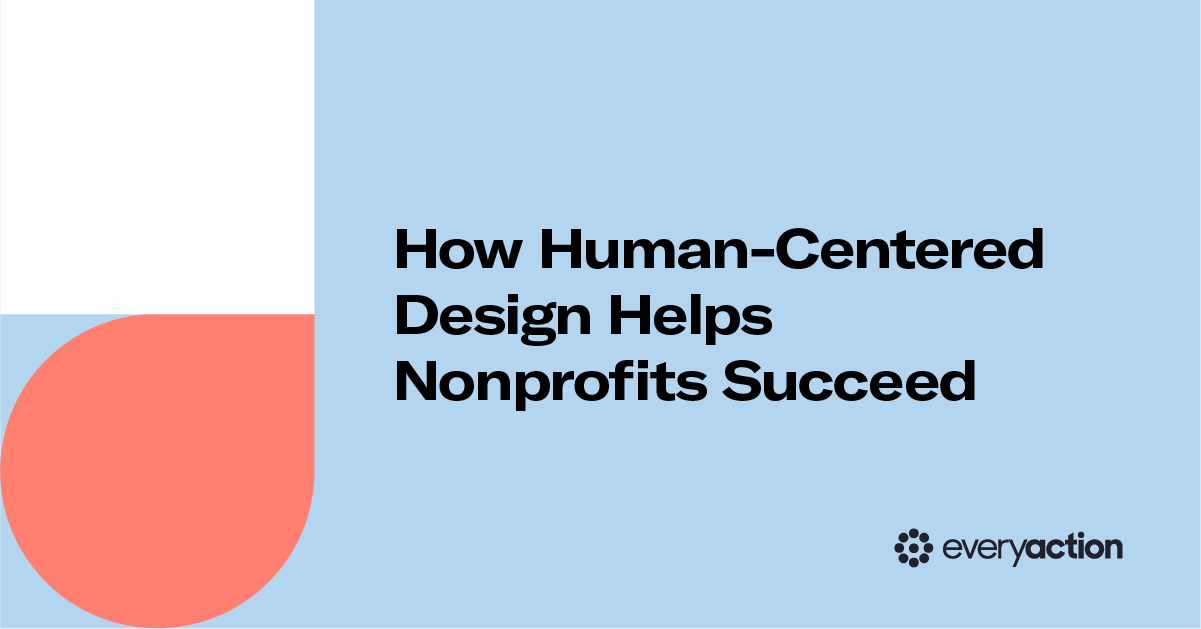How Human-Centered Design Helps Nonprofits Succeed

The best choice a nonprofit can make when it comes to selecting technology? Identifying your staff’s needs before thinking about anything else. We asked Brian Greenwald of Generate_Impact about what human-centered design processes can mean for nonprofits who want to make sure they’re choosing technology that will truly help them advance their mission.
Q: What is human-centered design? Why is it critical for nonprofit technology success?
A: Nobody joined a nonprofit because they wanted to wrestle with technology every day. They signed on because they wanted to deliver on the mission.
Human-centered design processes all have one thing in common: they put people—not technology—front and center. Human-centered design processes start by looking at what people are doing day to day, and they include all the real-world things folks are trying to achieve by advancing your mission.
When you’re a decision-maker at your organization, if technology is the first thing you consider, you’re probably looking at the problem from the wrong end of the telescope. What you need to think about is: What are the people at my nonprofit trying to accomplish? How can I empower them to be the best versions of themselves at work, so they can deliver this benefit to the world?
Then, work backward from there to process. When you’re thinking about process, you might ask yourself: how are these people at my organization going to work together to advance our mission? What are the things they are going to do to execute on our goals?
Once you’ve answered those questions, then and only then should you be looking at technology for your nonprofit. Because if you start with technology, the likely outcome is that your people will need to adapt to the technology, when actually, it should be reversed: whatever technology you choose should adapt to your staff and their strategic needs. That will make work across your whole organization more efficient and impactful at the same time.
So when you start with the human side, any technology selection process becomes more participatory. You want to work with the people whose work is actually impacted by technology decisions, because their input will help you make the right choice and keep a focus on adoption and lifecycle management—and that’s much more likely to lead to success and growth for your mission.


